Temperature behavior
I’ve already announced several times that I won’t aim for comparable results in my case tests due to frequently changing hardware and coolers. Instead, the general thermal behavior will be assessed here: how are the temperatures in the case in question to be judged? Is there a heat accumulation? How loud (subjectively) do the pre-installed fans run? Etc. In this particular case, I had to keep an eye on another important aspect besides the possible heat accumulation in the smallest space: The mounting or the orientation of the graphics card – it is mounted quasi upright in the 2000D and that can very well affect the cooling performance! But I’ll go into this in more detail in the next review.
Test system
The test system is my new Mini-ITX platform in combination with a 360mm AIO.
General conditions:
- 20.8°C room temperature
- Case fans fixed at ~600rpm
- AIO fans fixed at ~600rpm
- AIO pump fixed at ~2000rpm
CPU-Torture
For the CPU Torture Test, Cinebench R23 was used in a loop. A few minutes to warm up the cooling water and then another 30 minutes with monitoring. For the frugal and low clocking CPU, the 360 AIO is of course absolute overkill. Thus, the CPU had an average temperature of about 50°C under full load, while the pump and all fans whirred quietly at minimum speed. The AIO was mounted, as mentioned in the build report, so that the radiator was blown with cool air from the outside (intake). The air heated by the radiator is then directly “exhausted” again by the three 120mm slim fans in the front of the case and transported to the outside. This works surprisingly well.
Gaming
Red Dead Redemption 2 was again used for the gaming test. The game puts a good load on the graphics card with high settings and also hammers the CPU properly in Saint Denis. Since the 3070 Ti draws a senseless amount of power out of the box, I could certainly put the small case to the test. I also allowed quite a while for warm-up before this test, because the waste heat from the graphics card in this small case definitely affects the cooling fluid of the rest of the system as well. After a good half hour, the temperatures settled down and I started monitoring. The pump and case/radiator fan ran at the speeds listed above in this test as well. With an average temperature of about 75°C, the graphics card also remained reasonably cool, although the three small fans get quite loud at just over 2000rpm.
The waste heat of the graphics card is transported out of the case very efficiently! The mesh side panels push the warm air (cooling fins) directly out of the case:
The waste heat emitted to the “top” (backplate) is pulled out to the front by the front fans. Thus, warm air is blown out of practically all sides of the case while the components inside are more or less “chilling”.
Comparison with Big-Tower
Out of interest, I also installed the graphics card again in my Corsair 7000D Airflow full-size tower, which has housed my main system since the test. In both systems, the graphics card ran at its default settings and the corresponding power limit of about 300W for half an hour (plus 10 minutes of warm-up) in Borderlands 3. The game menu continuously loads the graphics card to full capacity, creating a consistent load that I think lends itself very well to comparisons.
|
|
|
|
|
|
|
|
|
|
|
|
|
|
|
|
|
|
|
|
|
|
|
|
|
|
|
|
|
|
|
|
Considering the fact that the different platforms result in a minimally different load (and power consumption), the temperatures are surprisingly close to each other. Of course, the 300 rpm fanspeed is more noticeable in the ITX case, but since the 3070 Ti already whistles quite a bit in general, the difference doesn’t make much difference. However, I personally consider the 300W waste heat of the graphics card used in this test to be the limit that should be expected from the small case.
Interim conclusion
Basically, the heat dissipation of the Corsair 2000D works impressively well considering its small size. Warm air flows out of all openings of the case and the components inside are all in temperature ranges that one is usually only used to from large and well-ventilated cases. Due to the short distances from the heat sinks to the Exhaust fans and the clever distribution, the waste heat of the components doesn’t even have a chance to “stand” in the case, but is practically directly dissipated.















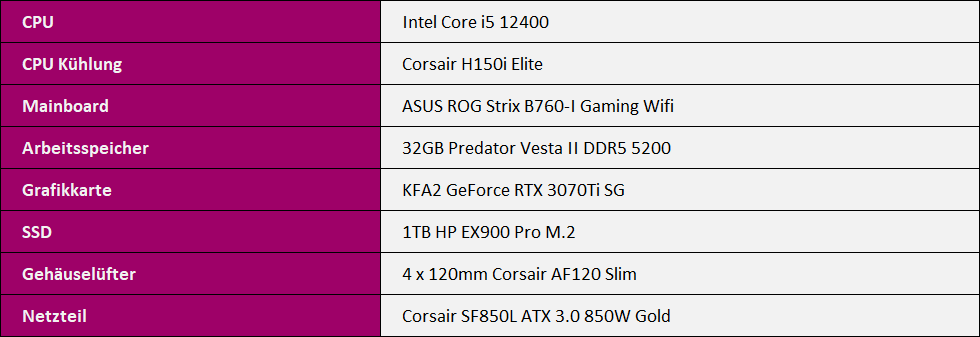
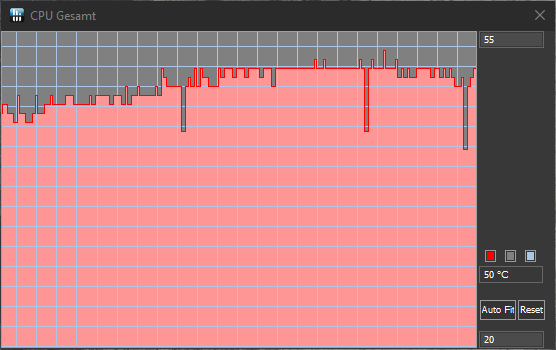
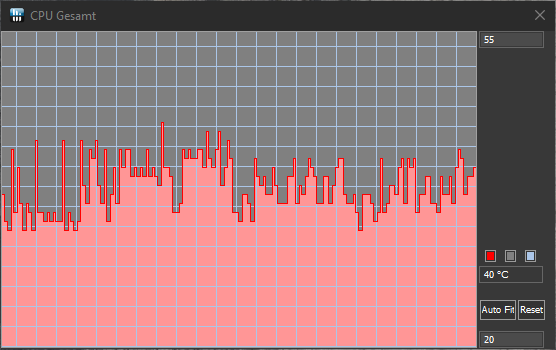
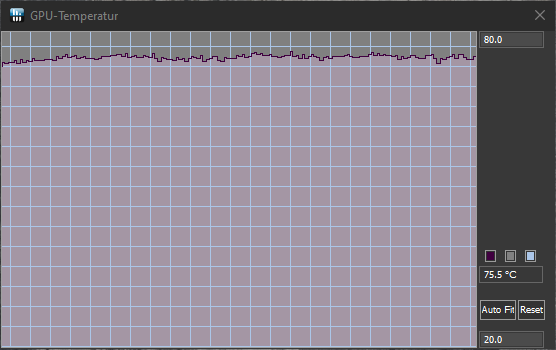
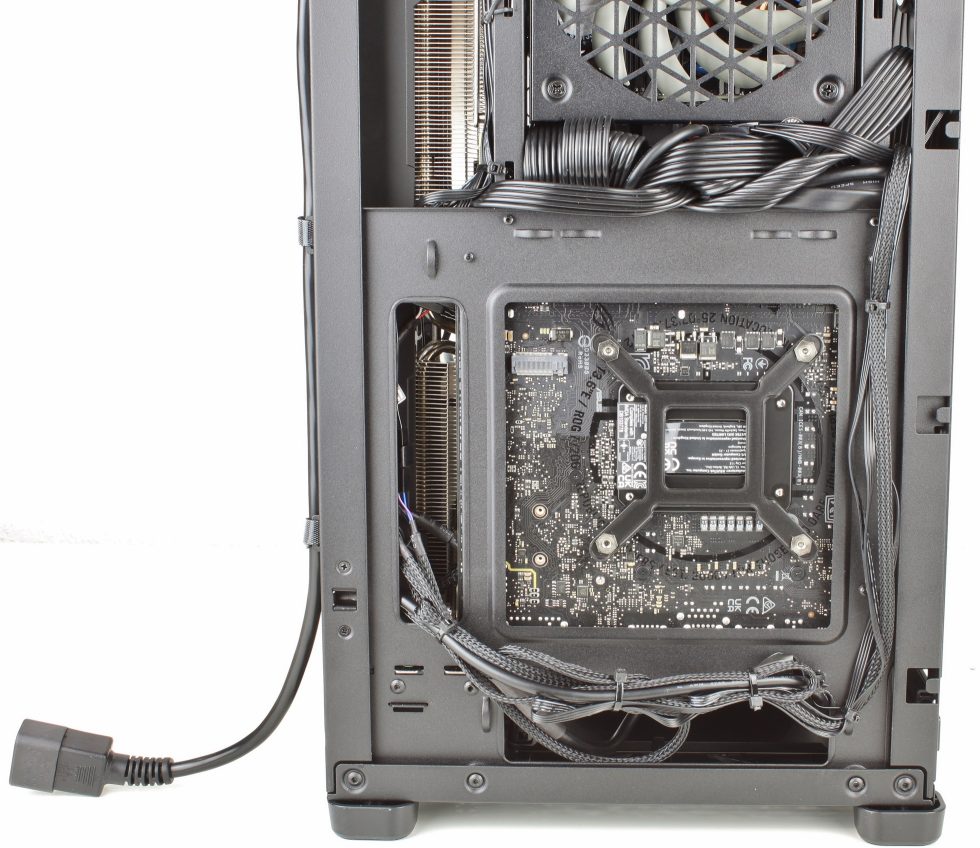



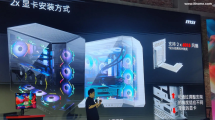














12 Antworten
Kommentar
Lade neue Kommentare
Urgestein
Urgestein
Moderator
Veteran
Mitglied
Urgestein
Urgestein
Veteran
Moderator
Veteran
Urgestein
Veteran
Alle Kommentare lesen unter igor´sLAB Community →